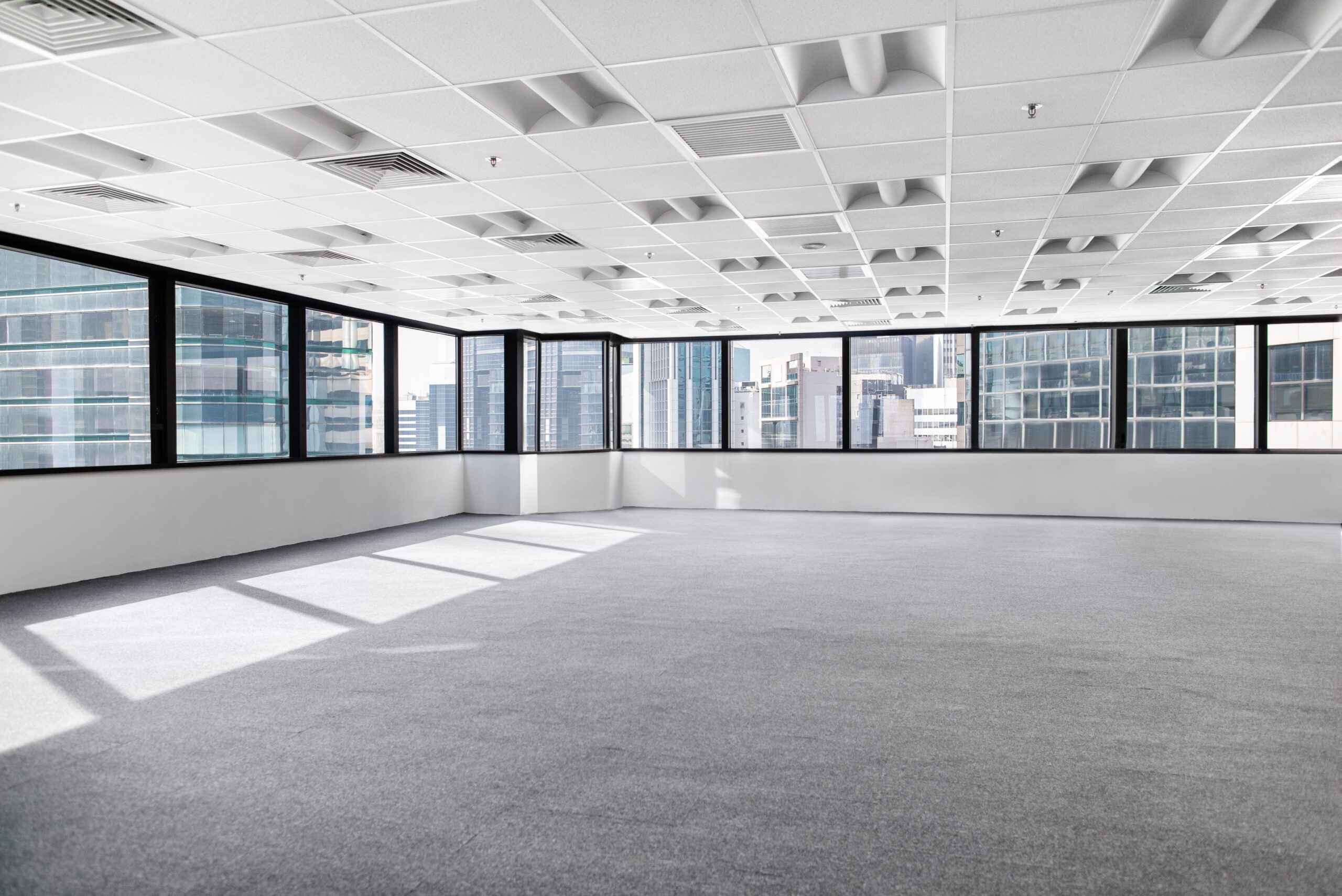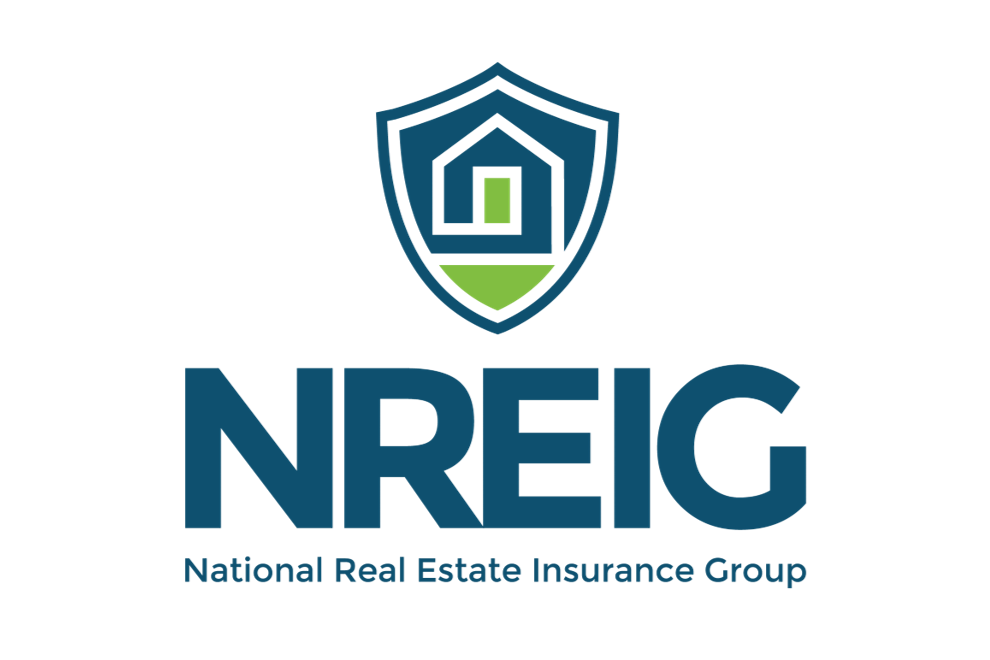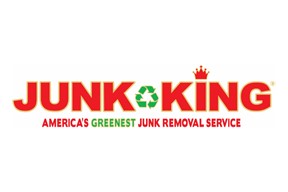Real estate investors must align with evolving workplace trends and economic pressures.
Real estate markets across the board are constantly changing, but typically they do so in an identifiable and cyclical fashion. During the past few years, the office real estate market has experienced a profound transformation, one that it may potentially never fully recover from.
This shift is rooted in the significant challenges the pandemic ushered in, changing workplace norms, and broader economic uncertainties.
A Look at the Pre-Pandemic Market
To fully grasp where the market stands today and where it might head in 2025, we must first understand its pre-pandemic stability and the profound disruptions that followed.
Before the pandemic, the office real estate market was a picture of stability. Vacancy rates in major U.S. cities typically hovered around 12%, reflecting a healthy demand for office spaces, especially in prime locations. Rental rates were steadily increasing, sustained by a strong economy and consistent corporate expansion. Developers were confident in the market’s future, embarking on ambitious projects to cater to businesses seeking expansive, centralized office spaces with state-of-the-art amenities.
The Rising Challenge of Vacancies
These trends painted a picture of a robust and dependable sector, but the arrival of the COVID-19 pandemic in early 2020 reshaped the landscape dramatically. Lockdowns and public health concerns forced companies to transition to remote work almost overnight. What began as a temporary measure soon evolved into a more permanent shift in how businesses operated. Many organizations adopted hybrid or fully remote work models, reducing their reliance on traditional office spaces. By the end of 2022, the national office vacancy rate had climbed to approximately 18.2%, in stark contrast to pre-pandemic figures. This increase was further compounded by a surge in sublease availability, as companies downsized their office footprints to align with new work practices.
The challenges reached a peak in the fourth quarter of 2024, when the national office vacancy rate hit an all-time high of 20.4%, per Moody’s Analytics CRE. This record-breaking vacancy rate was underscored by the impact of the pandemic and its lingering effects. Beyond the shift to remote work, the broader economic landscape also contributed to these challenges. Rising interest rates increased borrowing costs, deterring new development projects and complicating lease negotiations for tenants.
Signs of Stabilization and Recovery
Despite these challenges, there are glimpses of hope on the horizon. Several large companies have started rolling out new return-to-work policies in 2025, signaling a potential shift in the office market’s trajectory. These policies often emphasize hybrid models, where employees split their time between home and office, driving demand for spaces that foster collaboration and innovation. Companies such as Google and JPMorgan Chase are encouraging employees to return to redesigned offices tailored to support flexibility and well-being.
In recent months, leasing activity has also shown modest improvement, particularly in sectors such as technology, health care, and life sciences. Urban centers with dynamic and diversified economies (e.g., Austin, Miami, and Nashville) are attracting tenants who prioritize modern, flexible office spaces. At the same time, a growing trend toward repurposing vacant office buildings into residential or mixed-use developments has started to address the oversupply issue in some regions. These changes, combined with corporate policies favoring a physical return to work, suggest the market is slowly stabilizing, even if a full recovery remains a distant goal.
A New Normal
The question on many minds is whether the office real estate market can ever return to its pre-pandemic levels. The reality is that a complete restoration seems unlikely.
The pandemic accelerated a cultural shift toward remote and hybrid work that has fundamentally altered the demand for office spaces. Businesses are increasingly prioritizing flexibility, opting for smaller and more dynamic office setups rather than the sprawling headquarters that were once the norm. Although the market may not return to its former state, it is adapting to a new normal where office spaces are being reimagined to meet evolving tenant demands. This includes an emphasis on advanced technology, wellness-focused designs, and sustainability—features that enhance the workplace experience and attract tenants in a competitive market.
Looking Ahead
Looking ahead in 2025, the outlook for the office real estate market is cautiously optimistic. Signs of recovery are starting to emerge, driven by tenant demand for high-quality office spaces that offer modern amenities and health-focused designs. Economic stabilization and potential easing of interest rates could further support leasing activity. The continued repurposing of vacant office buildings into residential or mixed-use spaces offers a creative solution to the persistent vacancy issues. These trends, while promising, suggest a gradual recovery rather than a rapid resurgence.
Investors looking to enter the office real estate market face a complex landscape, but informed decision-making can help mitigate risks. High-growth markets, particularly those with strong population growth and diversified economies, offer promising opportunities. Understanding tenant needs and focusing on properties that align with modern workplace trends are critical. Collaborating with experienced real estate advisors and staying informed about market trends can further support confident investment decisions.
The office real estate market has undoubtedly faced a challenging few years. Record-high vacancy rates and the enduring impact of remote work have forced the sector to adapt and evolve. While the market may never return to its pre-pandemic state, the resilience and creativity of industry players suggest a future invigorated by innovation and reinvention. As we move into 2025 with cautious optimism, strategic investments hold the key to navigating this transformed landscape and unlocking its potential for long-term success.
























0 Comments